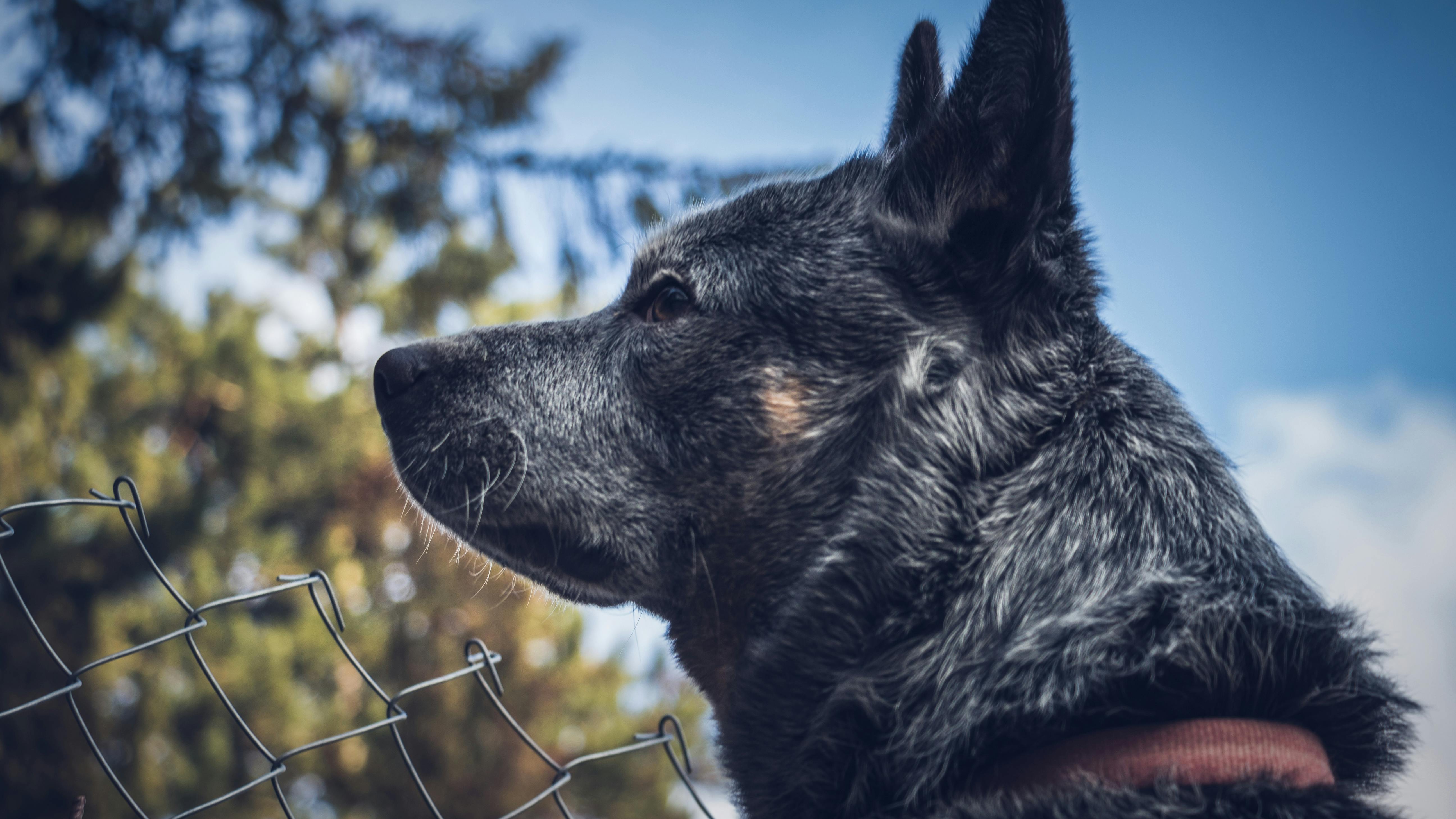
Treating a bee sting on a dog
Dogs are curious, anything that moves in their vicinity will be explored. Additionally, dogs use their mouths and noses to examine the moving things in their world. This is a recipe for your dog to run and howl at you with a bee stinger attached to it somewhere. Bee stings on dogs are common. This shouldn’t be something to worry too much about. However, a bee sting is one of those problems where you need to stop what you’re doing and immediately focus on your dog. What you should look for is an allergic reaction, which could make the bite a life-threatening situation. Hopefully, the bee sting will only cause a day or two of discomfort, but it’s time to give your pet some serious attention and determine his reaction to everything.
The only real satisfaction you can get in a bee sting situation is knowing that the bee itself has gone to die, because they can’t live without their sting. When the bee stings, if left alone, it walks in circles around the stinger, forcing the stinger and venom sac to fall off. The stinger is a self-pumping venom sac and needs to be dealt with as quickly as possible. Usually, however, the bee is swept away or crushed at the time of the sting, because the pain from the sting is so quick and sharp.
When you see the detached bee stinger, it looks like a small ball with a hair-like needle on the end. The ball is the venom sac and it autonomously pumps venom through the needle into the wound. If you have a minute, it’s fascinating to watch the stinger do this. However, most people dealing with an irritated dog don’t have time for this and are looking for a way to get rid of this pain agent.
There are many methods to remove the stinger. The main idea is that you don’t want to squeeze out more of the poison that you are already pumping into the wound. You can scratch, use tweezers, or scrape off the stinger. The fact is that bee stingers are strong, and the idea of breaking one under the skin is pretty unlikely.
The biggest thing to worry about is if your dog is actually allergic and possibly going into anaphylactic shock. Anaphylactic shock is when your dog has difficulty breathing immediately after being bitten. Your air passages literally swell shut. Other symptoms of severe allergies to bee stings are wheezing, trouble swallowing, incessant sneezing, congestion, red eyes, a series of rashes and bumps on the skin, swollen extremities, swollen areas outside the general radius of the bee sting. bee and lethargy. Sometimes a bee sting allergy can trigger a seizure or what appears to be one. There is also a chance that your dog may vomit or pass out. If there is something bigger than the general discomfort of a bee sting, you shouldn’t be reading this article, you should call your vet.
Once you have determined that your dog is not allergic to a bee sting, there are several different methods that can be used to relieve your dog’s pain. Many of these are also crossed for human use. The best method is to use a cold pack, like you would a cooler to keep drinks cold, or an ice cube to the area. This keeps the swelling down. This really depends on how still your dog sits for the treatment. If you can do it, be sure to do it a few more times as the day goes on. This is one of the simplest and best measures to employ.
However, probably the best thing you can do for your dog is to put some aloe vera on the bite area. There are many products made especially for dogs that contain aloe vera, such as IVS Dermasol Extra Strength Skin Relief.
Other treatments, some verified, some “oldies” are all over the internet. Toothpaste is supposed to be a pain reliever, just like a paste of water and baking soda. There is even advice to place a penny on the wound to ease the pain. A drop of honey is another. A mixture of meat tenderizer and vinegar is another trusted pain reliever. Then there’s the idea that a mustard seed or raw onion stuck to the wound will ease the pain. However, if you are lost, the easiest, tried and true method is a piece of ice.
If your dog is stung by a bee, there’s no real need to panic. Remember that dogs are curious and have been stung by bees for thousands of years. Pay attention to your pet and don’t feel overwhelmed. The key issue is to look for signs of an allergic reaction. If you don’t find any, treat your dog at home, because there’s no real need to worry.